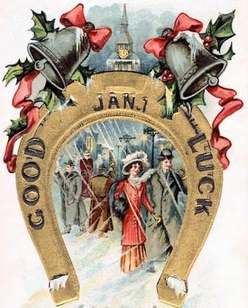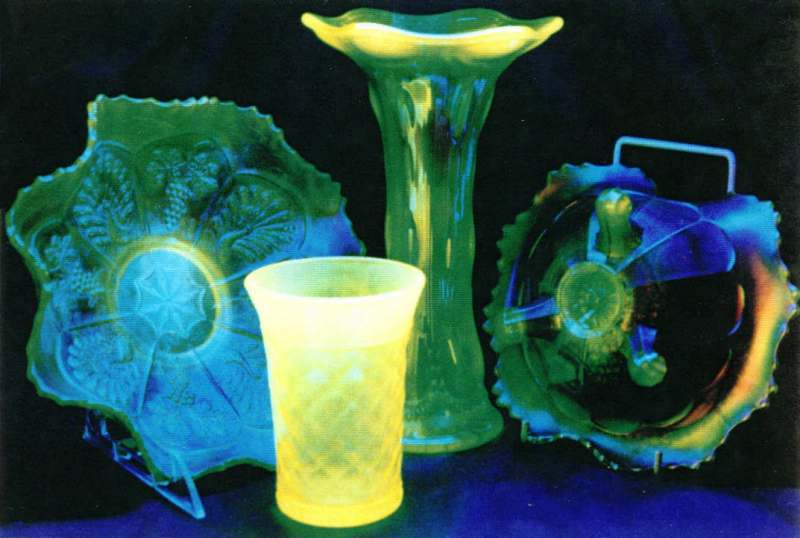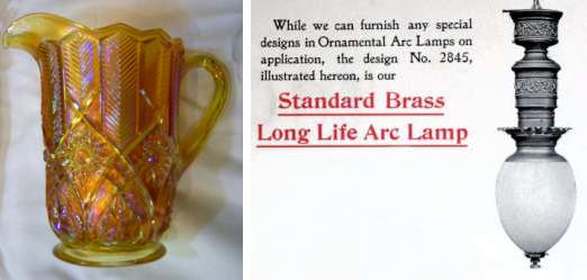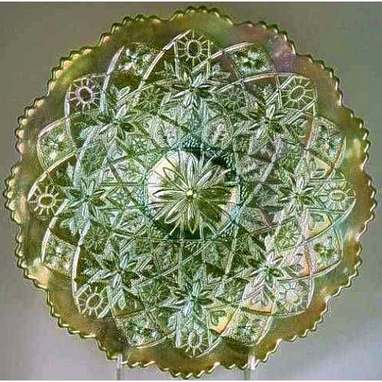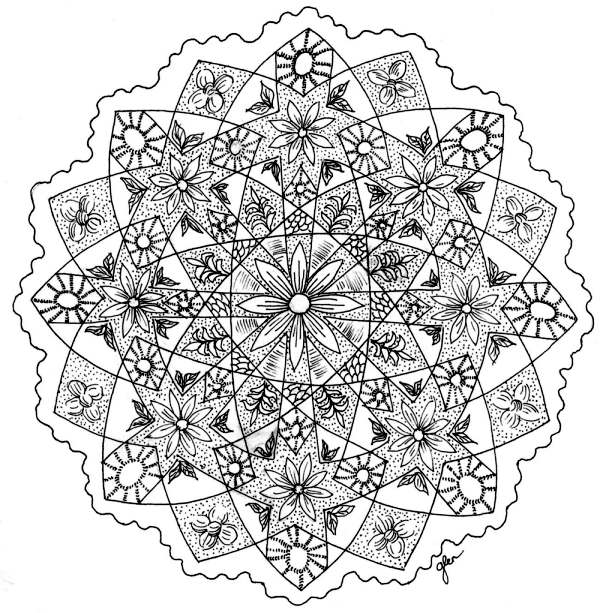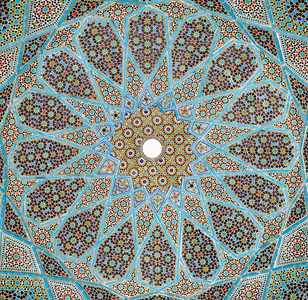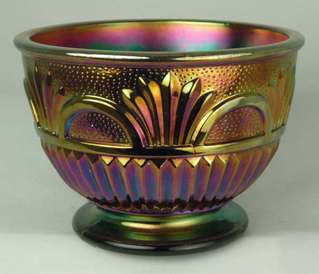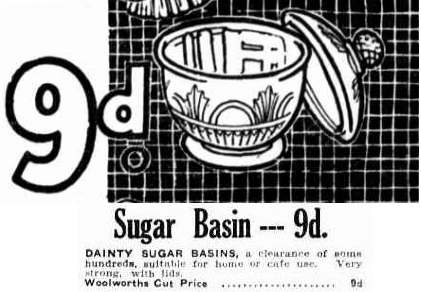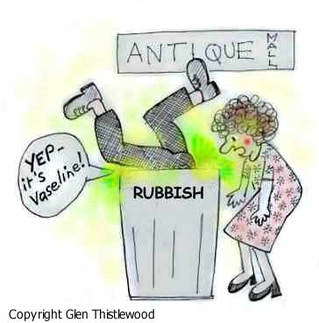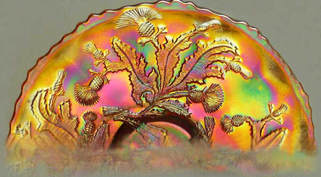NetworK ezine Issue 32. January 2018
Totally devoted to Carnival Glass
|
HAPPY NEW YEAR A warm welcome to the first issue of Carnival NetworK for 2018 – and a special welcome to our many new readers, all over the world. The distribution of our Carnival ezine has grown massively throughout 2017, as has the membership of our Carnival NetworK Facebook Group - now approaching 7,500. It’s remarkable and immensely inspiring to see the love and appreciation of Carnival Glass go from strength to strength. We hope you have much Good Luck throughout the year! We begin 2018 with an astonishing revelation that truly surprised us and made us look at the past in a different light – quite literally, a different light. Our discovery is this: current generations are not the first to see the fluorescent glow of Vaseline glass using UV lights. In the Victorian era (mid 1880s to early 1900s) they had their own version of the black light. Read on! |
|
The Magical Glow of Vaseline Glass
Vaseline Glass - that yellow-green glass that glows like magic! It’s fascinating and captivating, and we love to see it on Carnival, with either a pastel effect or a marigold iridescence that teasingly reveals its stunning glow when upturned to view the base. Vaseline (also known as uranium glass) contains uranium dioxide as a colourant – and that’s what makes it glow or fluoresce. It has a soft, almost ethereal glow in daylight (even better at twilight) but when you switch on your black (UV) light, well, that’s when the spectacle really begins. The effect of a black light on Vaseline is like watching a magic show. It comes alive, it’s vibrant with a sizzling, an almost liquid, golden-green. But you only see this astonishing effect when a black (UV) light is shone onto the glass. We’re lucky today that we have black lights, so that we can experience this extraordinary – almost uncanny - spectacle, and it’s one of the reasons why collectors love Vaseline glass. But back when Vaseline was first made, in the mid-to-late 1800s, they would have missed out on the dazzling effects of the vivid fluorescence as they didn’t have black lights back then. Stop right there! Thanks to an 1897 newspaper article we discovered during our research, we can reveal the astonishing revelation that the Victorians were able to see that bright vivid Vaseline glow, more or less as we would see it under a black light today! |
Above: a group of Vaseline Carnival under a UV black light. The pieces are (left to right at the back): Fenton's Peacock & Grape, Imperial's Beaded Bullseye vase, Fenton's Horse Head Medallion bowl, viewed from the back to show the feet and collar base glowing. In the front is Northwood's Concave Diamonds tumbler. The vivid fluorescence is more intense on the tumbler as the iridescence on it is not as thick (and blocking) as that on the other pieces.
|
They didn’t have black lights back in the 1800s ... but ... the phenomenon of fluorescence was actually discovered in 1852. You might be shocked to learn that they knew all about the vivid yellow-green fluorescence, and they could experience it for themselves - the magic trick that enabled them to see the fluorescent glow was the Electric Arc Lamp.
They didn’t have black lights back in the 1800s ... but ... the phenomenon of fluorescence was actually discovered in 1852. You might be shocked to learn that they knew all about the vivid yellow-green fluorescence, and they could experience it for themselves - the magic trick that enabled them to see the fluorescent glow was the Electric Arc Lamp.
|
Arc Lamps were used extensively in the new department stores, in larger shops and theatres, in hotels, exhibition areas and factories and in shop window displays, as well as for street lighting. And our eye witness account from 1897 explained that uranium glass glowed brightly in a room illuminated by an electric arc light.This is an amazing revelation and it throws a new light (literally) on everything we have understood in the past, turning our previous ideas on their head. The fact is, when Vaseline glass was at its most popular time of production, the wholesale dealers and customers would have been able to see the glass glow brightly in establishments lit by electric arc lights. They had their own version of the black (UV) light. And there were a lot of them – in commercial premises all over the USA and Europe. When were the Arc Lights invented? How were they used? Why don’t we have them today? We show you the proof. You can read the full story on our website in an illustrated feature article. Click here: Vaseline Glass - the Magic of the Arc Light |
Above: the one only known (so far) Millersburg Feather and Heart pitcher in wonderful vaseline Carnival. On the right is an extract from an 1897 ad
for a Bergmann Arc Lamp. |
|
Surprising Hattie
We used to believe that Hattie owed more to geometry than embroidery. It is an intricate and complex design - its individual features are hard to see on the glass itself, but the amazing details are brought out by Glen's wonderful line drawing of Hattie on the right. |
The Hattie pattern seems to have been drawn up using mathematical instruments. But recently we realised there is surely more to the design than the use of a compass and protractor. Browsing through Imperial catalogue 101 B (c. 1915-1916) we spotted the Hattie plate, and here’s the interesting part … it was described as “10 inch round plate, mosaic pattern”.
Mosaic! That had never occurred to us, so the search was now to find what might have inspired the Hattie pattern.
Mosaic! That had never occurred to us, so the search was now to find what might have inspired the Hattie pattern.
|
Mosaics have been created throughout history by many different civilizations, but a study of some of the beautiful designs made in Ancient Persia ring familiar. Illustrations of art works were often featured in the many Style Books and Art & Design journals that were popular a century or so back, and were available to pattern designers around the world. On the left is a photo of the ceiling of Tomb of Hafez by Pentocelo (source: Wikimedia). This magnificent Persian mosaic ceiling is in the Tomb of Hafez in Shiraz – its similarity to the Hattie design is astonishing. |
|
The Wonder of Woolworths
Hot on the heels of the wonderful Woolworth’s ad we featured in our Christmas Special, comes this 1925 ad (right) from a Sydney newspaper, also for Woolworth’s. Dainty sugar basins for a “cut price” of just 9d (nine pence, Australian). |
We were stunned when we saw this ad because we have owned one of these delightful little basins in a deep black amethyst, for many years - shown here on the left (but sadly without its lid).
|
We’ve often felt it could be a Crown Crystal (Australia) product, but the exact item has not been seen in any makers’ catalogue. Its appearance in a 1925 Australian ad provides a time line, and suggests we could indeed by looking at Crown Crystal as the maker.
We are aware of this little basin in marigold too, and with a matching lid (and un-iridised finial). So far they have not been named, so we’ll take a lead from the 1925 ad that described them as “Dainty Sugar Basins”. We hereby name this delightful pattern “Dainty”.
|
Smile!
Who hasn't sought out a dark place to use their black light to see if a piece of glass is actually Vaseline? Glen's cartoon is based on our actual experience in an Antique Mall. Our black light was low on battery power, and Stephen sought out a suitably dark place to test a piece of Carnival for that distinctive fluorescent glow. A large, and deep rubbish (garbage) bin was ideal. Little did we know that all the time, we were being watched on CCTV. When we went to the front desk to buy it, the cashier asked, very politely with a knowing smile, "Did it glow, sir?" |
There Be Dragons!
|
Before Harry Potter, and before Gandalf and the hobbits, there were Carnival Glass dragons! The latest video in the “Howard Seufer Presents ...” series is all about dragons, in particular their tongues and toes.
Filmed in the Fenton Museum, Howard interviews Frank Fenton about dragons on Carnival Glass - further revelations come to light as the filming moves to the “back room” of the Museum, where yet more glass was stored. Don’t miss this iconic footage that is not only educational but also immensely enjoyable. And, if you have a Dragon and Lotus spatula footed bowl, we guarantee that you will want to take a look at the dragon's feet! Here’s the link to "Howard Seufer presents ..." from where you can watch the Frank Fenton videos. The third in the series will be released soon. Copyright Marty Seufer, 2017-18. Video runs for 6 minutes. |
Finally
We close with Fenton in our hearts, for 2017 was the year that saw the final and sad demise of Fenton Art Glass.
We are deeply grateful to the late Frank Fenton, the late Howard Seufer and to Howard’s son, Marty Seufer, for keeping alive the genius, the creativity and the generosity that was embodied in the history of the company.
We close with Fenton in our hearts, for 2017 was the year that saw the final and sad demise of Fenton Art Glass.
We are deeply grateful to the late Frank Fenton, the late Howard Seufer and to Howard’s son, Marty Seufer, for keeping alive the genius, the creativity and the generosity that was embodied in the history of the company.
Join us on Facebook
We invite you and your friends to join us all on NetworK's fast growing and very active Facebook Group (link is below), and if you have missed any of the previous issues of NetworK and NetworK Specials, they are all here: Back Issues.
We invite you and your friends to join us all on NetworK's fast growing and very active Facebook Group (link is below), and if you have missed any of the previous issues of NetworK and NetworK Specials, they are all here: Back Issues.
